Welcome to my world! Micro-Numismatics Mega Quiz #20 (A tour of a Morgan dollar Rev.)
 Insider2
Posts: 14,452 ✭✭✭✭✭
Insider2
Posts: 14,452 ✭✭✭✭✭
This is a highly magnified tour of a Morgan dollar showing some of the characteristics you might find if you were the size of a fly.
Some images will be easy to ID but some will not especially with my camera skills. The correct answer is whatever I say it is ![]() but feel free to disagree (giving your reason) so all of us can discuss it. The answers will be given next year.
but feel free to disagree (giving your reason) so all of us can discuss it. The answers will be given next year.
In order to make this FUN for beginners. I'll ask the "experts" to PLEASE not guess what any of the images are until January 1st. Otherwise, folks like (fill in the blank) will get all of them immediately - That's NO FUN. If no correct answer is given by January first. I'll give some hints.
The Rules:
1.Anyone can guess. That's because even an incorrect guess can open further discussion as to why it is incorrect.
2.The BEST guess is in TWO parts:
A. What characteristic the image shows.
B. What did you see in the image that led to your guess. THIS IS THE MOST IMPORTANT PART. That's how we learn and in the past very few "experts" have bothered to post the "giveaway."
The Question: Can you guess what each of the 7 characteristics below are? This should be difficult for anyone who has not examined coins at high power. They get more difficult as the number of the image gets higher.
The Images:
1.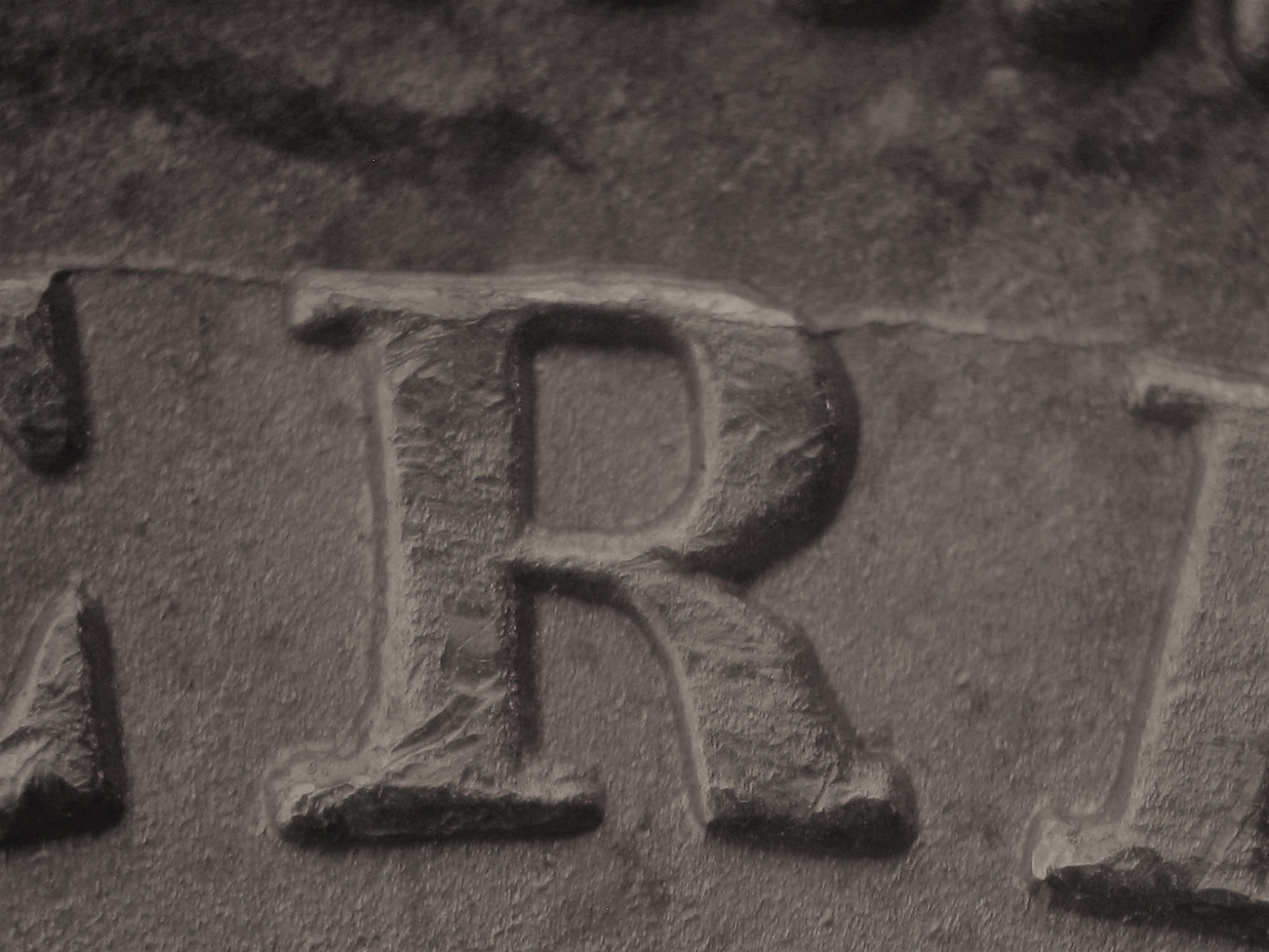
2.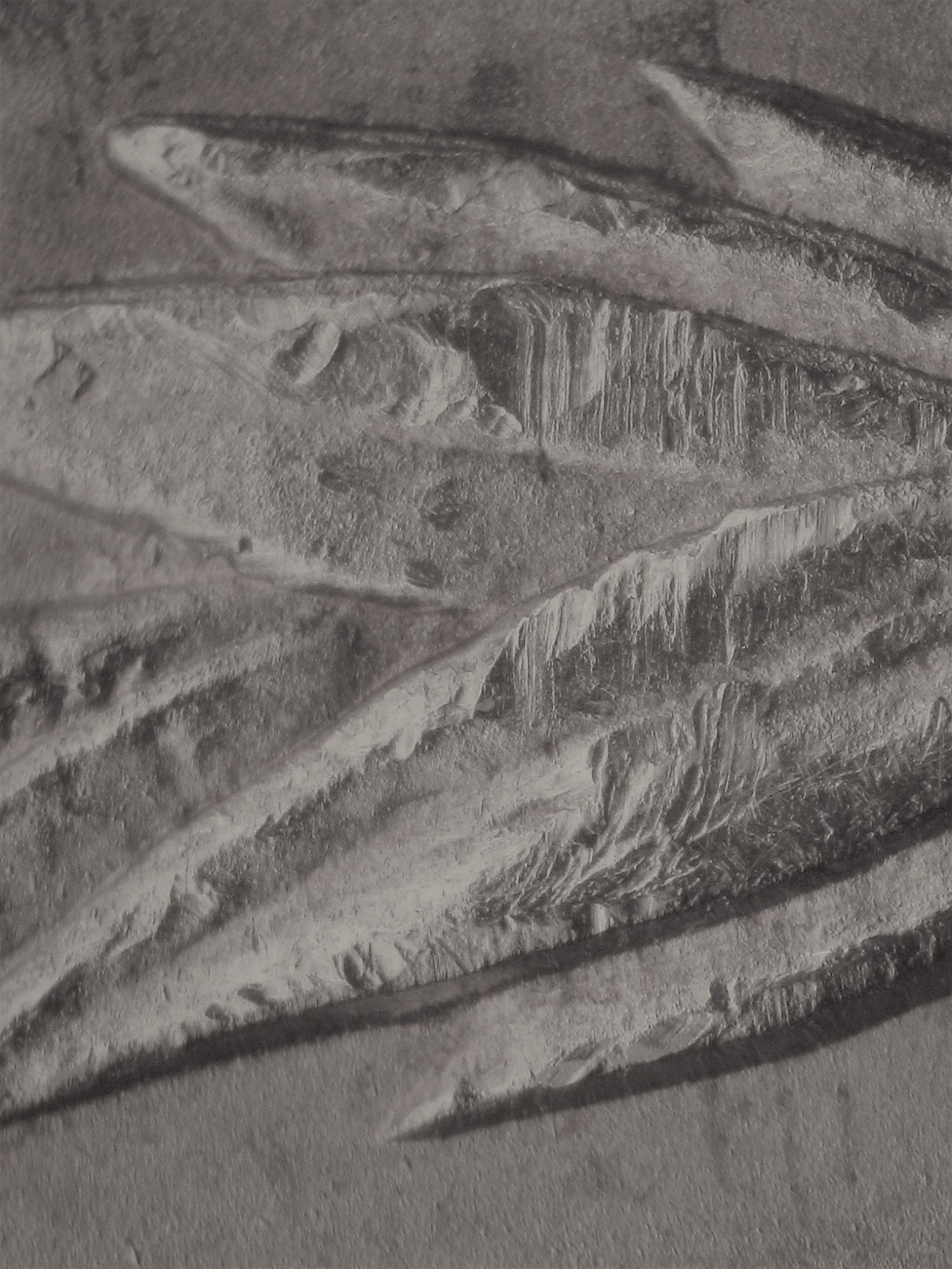
3.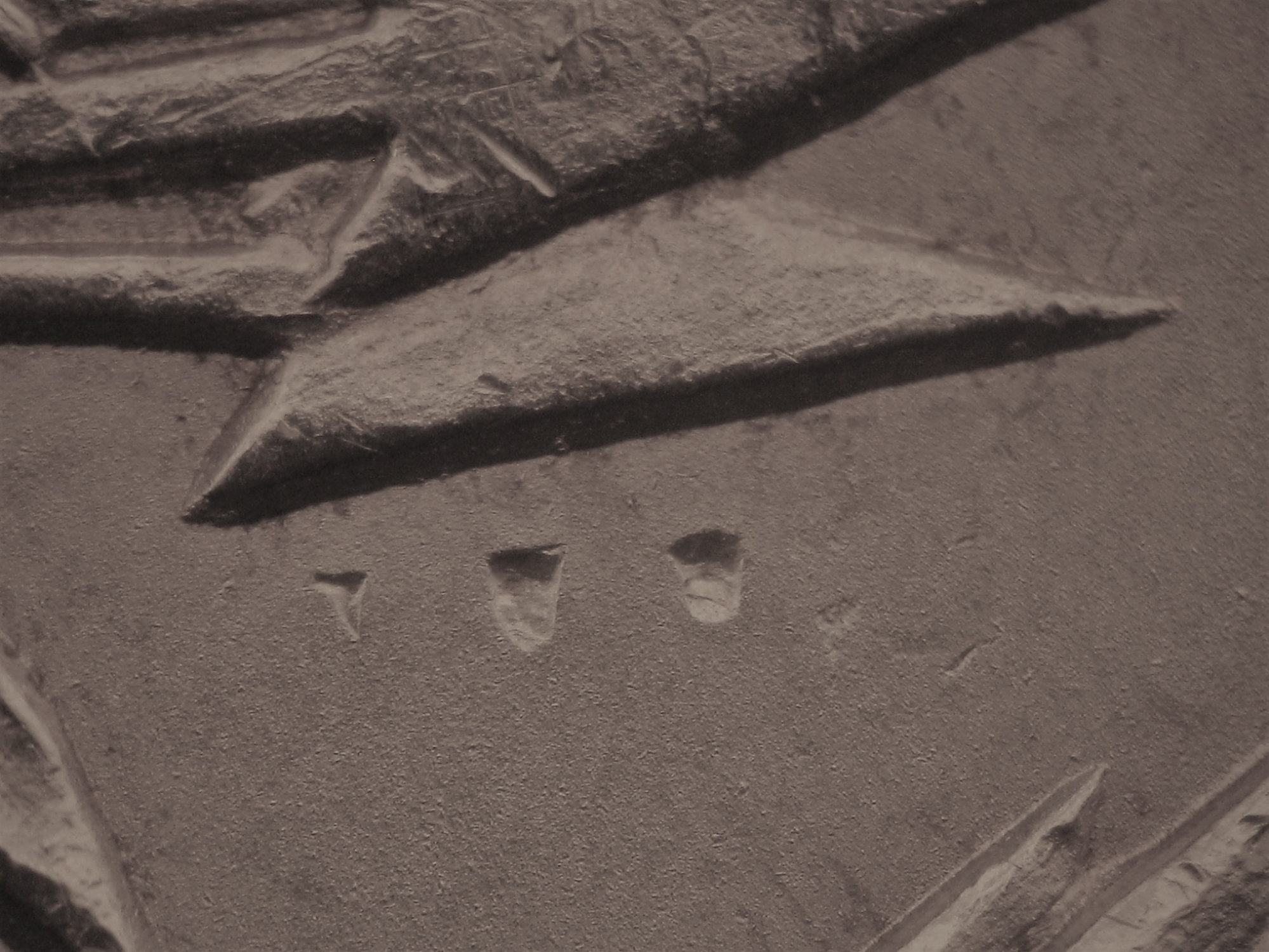
4.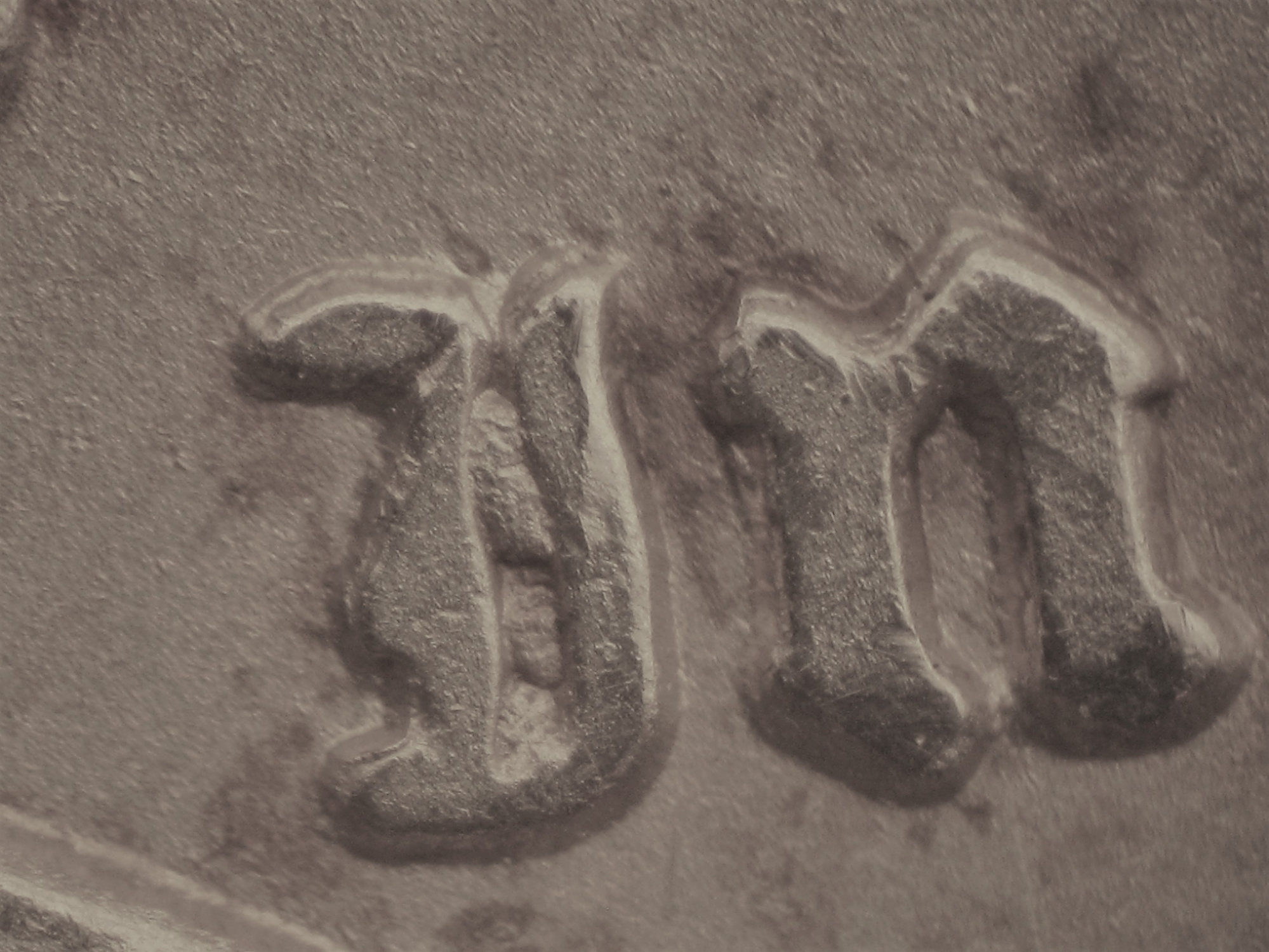
5.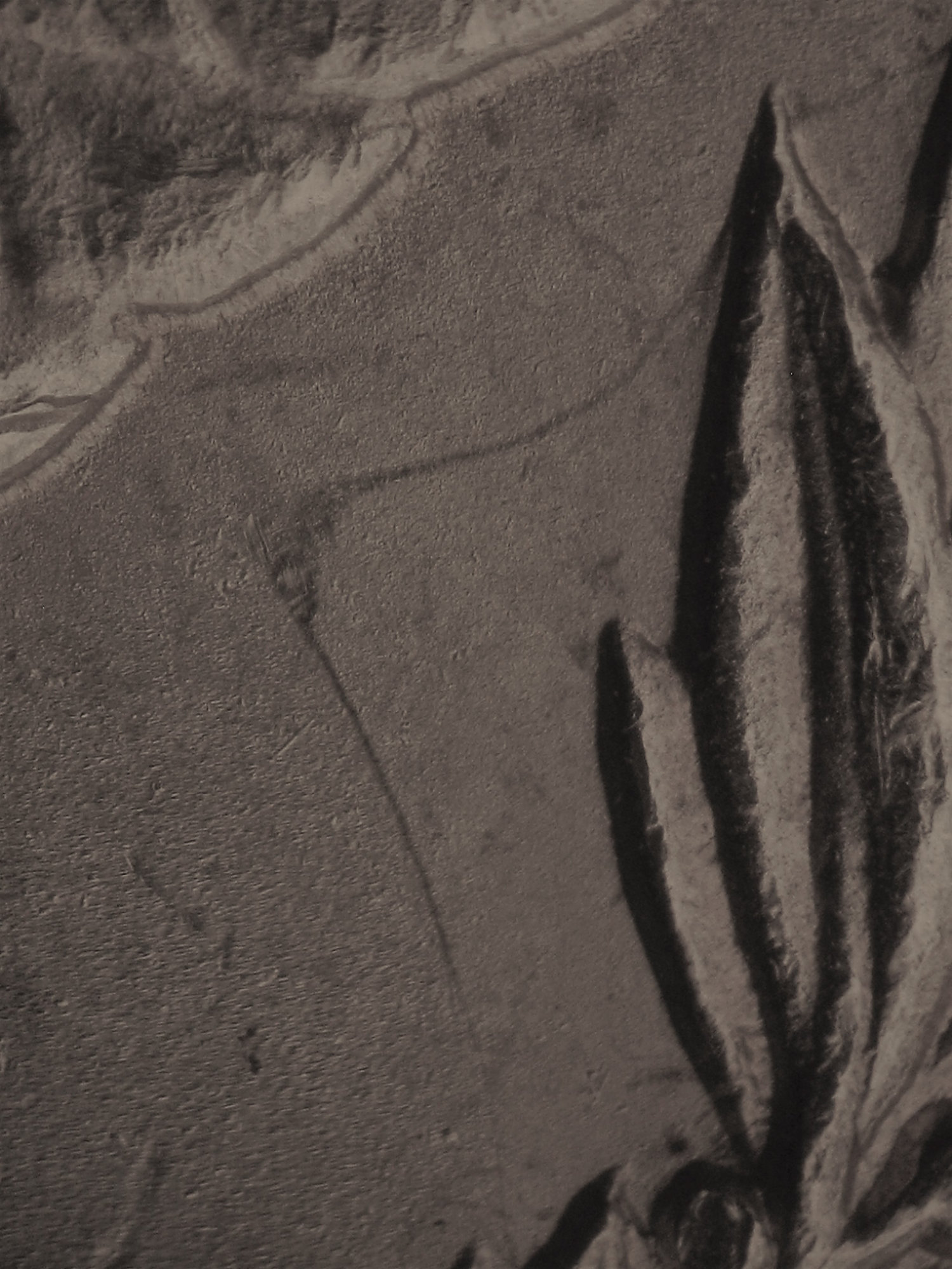
6.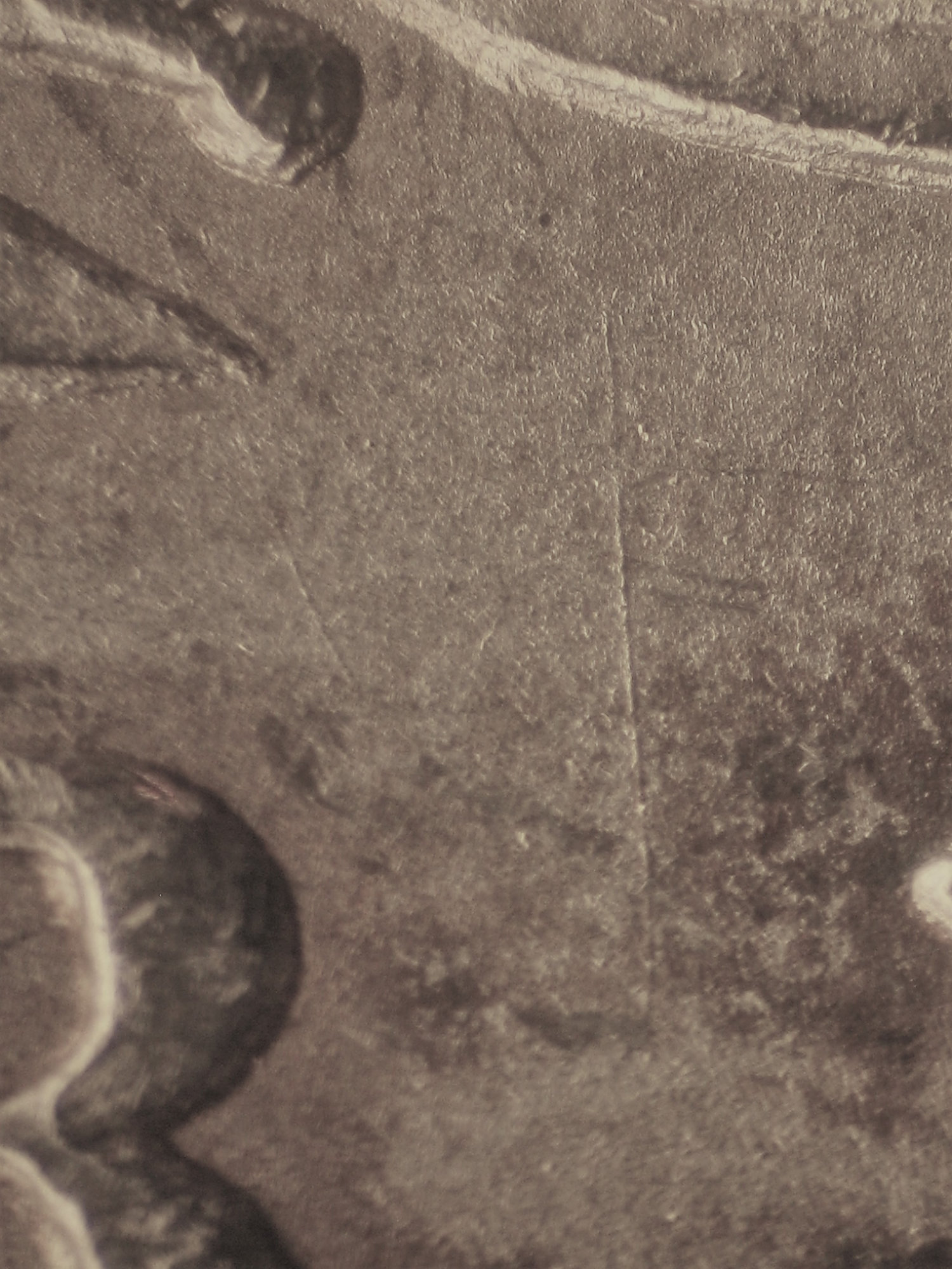
7.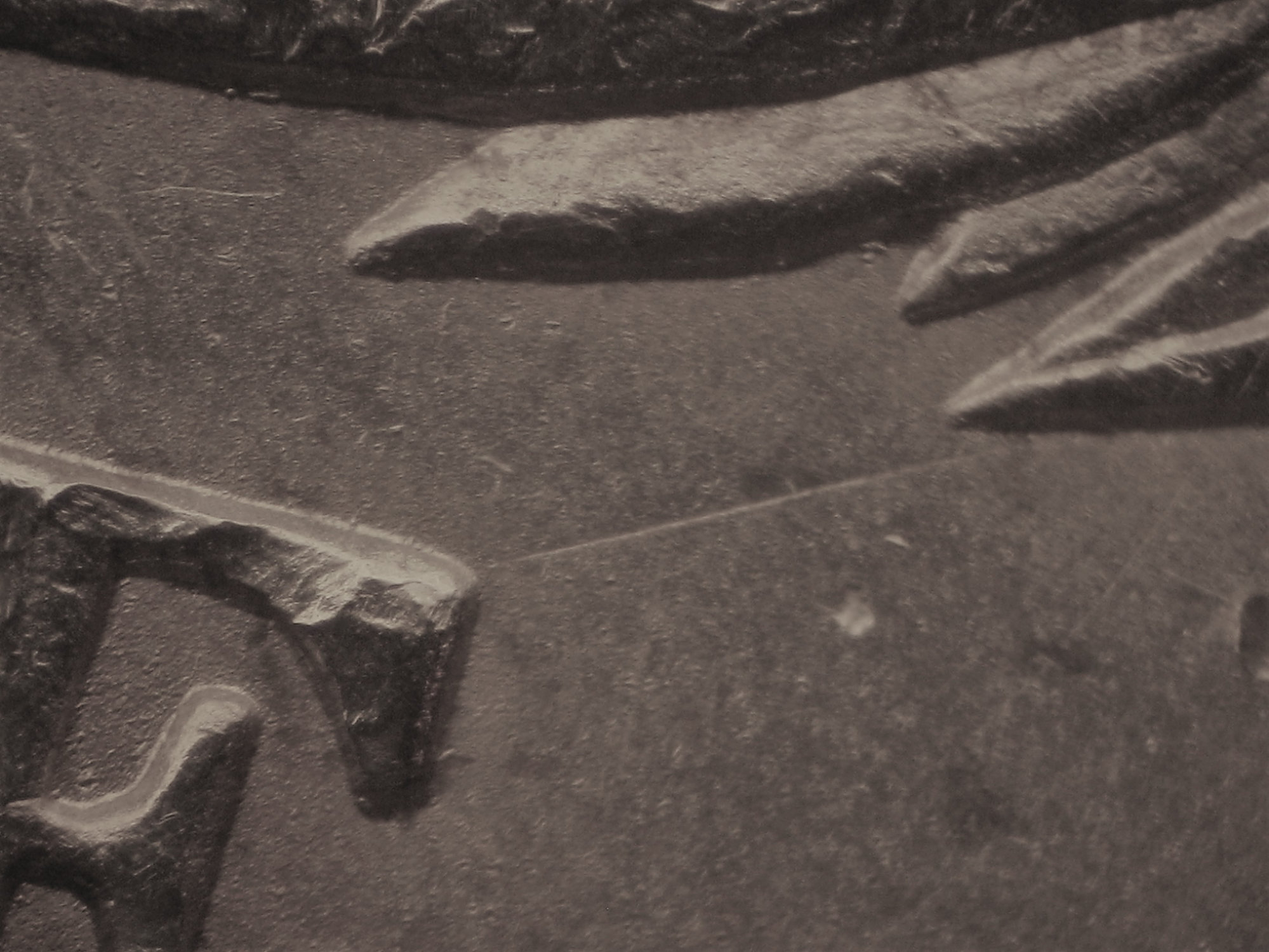
Comments
I deleted my answers and even though I'm no expert, I have been around long enough to know most of these.
I feel like Horshak calling "Oh..oh..oh..Mr. Kotter!"
Die crack
Die gouge
Die chip
Die dent
?
Die scratch/scrape (feeder?)
Die scratch
1 die crack
2 Planchet Flaw or PMD?
3 reed mark contact with Reeded egde
4 die chip in I of in
5 clash mark
6 die scratch
7 clash mark
Edit for Reese’s edge to reeded edge, which is oddly redundant
https://www.autismforums.com/media/albums/acrylic-colors-by-rocco.291/
He's preparing us...the Vam quiz must be coming soon!
Hmm.. makes sense on pic 3, my perspective under magnification is way off.
My YouTube Channel
Thanks for letting others take a guess first.Make sure you post something by Jan 1for the heck of it. Then if you have time you can give folks the reasons for you picks. That's the important part.
Hopefully my answers were given in the manner you were seeking.
Check out my current listings: https://ebay.com/sch/khunt/m.html?_ipg=200&_sop=12&_rdc=1
I think 5 happened before the die...
Okay here goes.
1 die break
2 pmd & md
3 die gouge
4 die chip
5 die crack
6 strike thru
7 die scratch
BST: endeavor1967, synchr, kliao, Outhaul, Donttellthewife, U1Chicago, ajaan, mCarney1173, SurfinHi, MWallace, Sandman70gt, mustanggt, Pittstate03, Lazybones, Walkerguy21D, coinandcurrency242 , thebigeng, Collectorcoins, JimTyler, USMarine6, Elkevvo, Coll3ctor, Yorkshireman, CUKevin, ranshdow, CoinHunter4, bennybravo, Centsearcher, braddick, Windycity, ZoidMeister, mirabela, JJM, RichURich, Bullsitter, jmski52, LukeMarshall, coinsarefun, MichaelDixon, NickPatton, ProfLiz, Twobitcollector,Jesbroken oih82w8, DCW
Hints tomorrow.
Image #1 is a break in the die (die crack, die break) causing planchet metal to enter the void. This produces a squiggly RAISED" line on the coin. No poster missed this one.
I thought a die crack and a die break were two different things where a die break has a piece of the die missing and is also called a cud.
Worry is the interest you pay on a debt you may not owe.
"Paper money eventually returns to its intrinsic value---zero."----Voltaire
"Everything you say should be true, but not everything true should be said."----Voltaire
Image #4 is a die chip. Part of the die in an area of high stress or in places in the design where the design is tight falls away leaving a void for planchet metal to fill.
Image #5 is a die clash. The adjoining surfaces on each side of the mark are at a slightly different level. Whenever you see a strange mark in the field of a coin (the highest part of the die) that does not appear to be part of the original design, turn the coin over an look for something in the design of that side that may have caused it.
Image #3 is PMD. Something hit the surface of the coin and pushed-in the metal. The shape of the mark indicates it is from the edge reeding of another coin. We call this a "bagmark." It is customary to call almost any impact damage to a coin's surface after it was struck as bagmarks.
I'm going to let #2, 6, and 7 remain for more guesses.
2 is a doubled die.
6 is a die scratch
7 is a hairline scratch on the coin.
Calling all "experts." This is tough due to my limited ability taking a micrograph.
#2 is tricky. It looks like a doubled die, but it's the leaf cluster above AR in the word DOLLAR, and this actually might be doubling in the working hub as well, as it shows up on a lot of coins in this area, especially on the leaf in the center of that cluster.
#4 is die chips inside the I, plus a doubled die, as you can see that the top right point of the I is notched.
#5 is a clash mark from the back of Liberty's cap between the eagle's left wing and the right wreath.
#6 is a die scratch
#7 is a fine scratch on the coin.
Keeper of the VAM Catalog • Professional Coin Imaging • Prime Number Set • World Coins in Early America • British Trade Dollars • Variety Attribution
When a man who is honestly mistaken hears the truth, he will either quit being mistaken or cease to be honest....Abraham Lincoln
Patriotism is supporting your country all the time, and your government when it deserves it.....Mark Twain
OK, I image #2 to be simply damage however two eagle-eyed members noticed some doubling on the edge of the leaves. They are probably correct too.
As for #6 and #7, they are the difficult characteristics. The answer depends on whether the mark is raised or incused. There is an easy way to tell, even with a poor image.
Final answer tomorrow.
Fun one for sure!
My YouTube Channel
Image #6 is a die scratch. A raised line (usually straight) on a coin that resulted when the die is either scratched or polished. I think "die polish" is the more correct term by we just called these things die scratches.
Image #7 is a relatively common mark on a dollar but this one is a single example in an unusual location. First I've seen as this so I took an image. That gave me the idea for this quiz. The "clue" to what this mark actually is can be seen as the light colored center along much of its length. This is a scratch into the original planchet that was not obliterated completely when the coin was struck. The original planchet surface is inside the recessed line on the coin.
Note the small crated near it with the same color. That is a tiny strike thru that was not part of the quiz. I'm very surprised you eagle-eye guys didn't call me out for missing that.
I'll try to take you on another "tour" next week.
Thanks @Insider2. I am always learning.
I was looking at #7 and thought, hmm. is the subject the line or the little round area that resembles a strike through, like maybe a speck of sawdust from the drum the turned the planchets in? I didn't have a clue about the line though . I have enjoyed these quizzes, Insider2.
Fun test - thanks for your time and effort.
Check out my current listings: https://ebay.com/sch/khunt/m.html?_ipg=200&_sop=12&_rdc=1